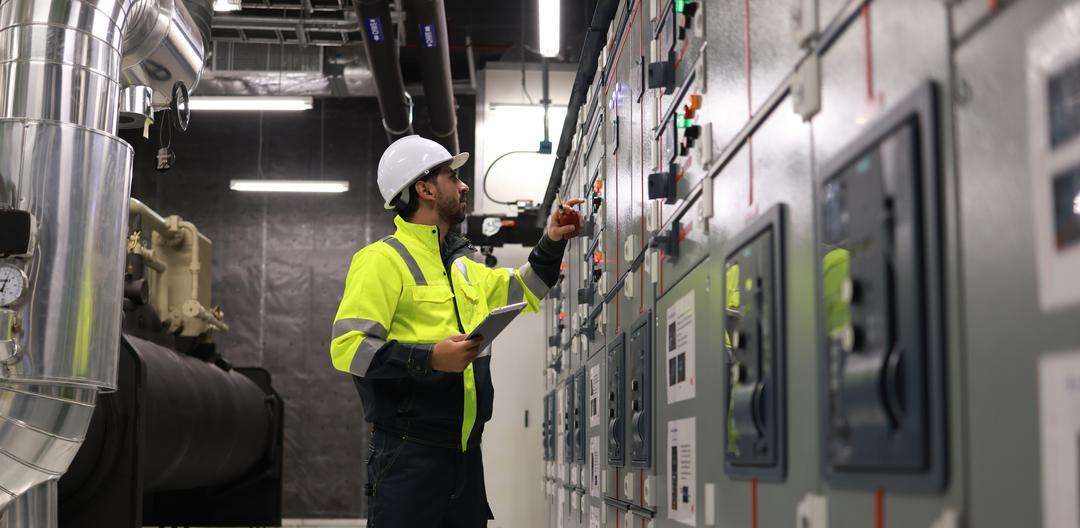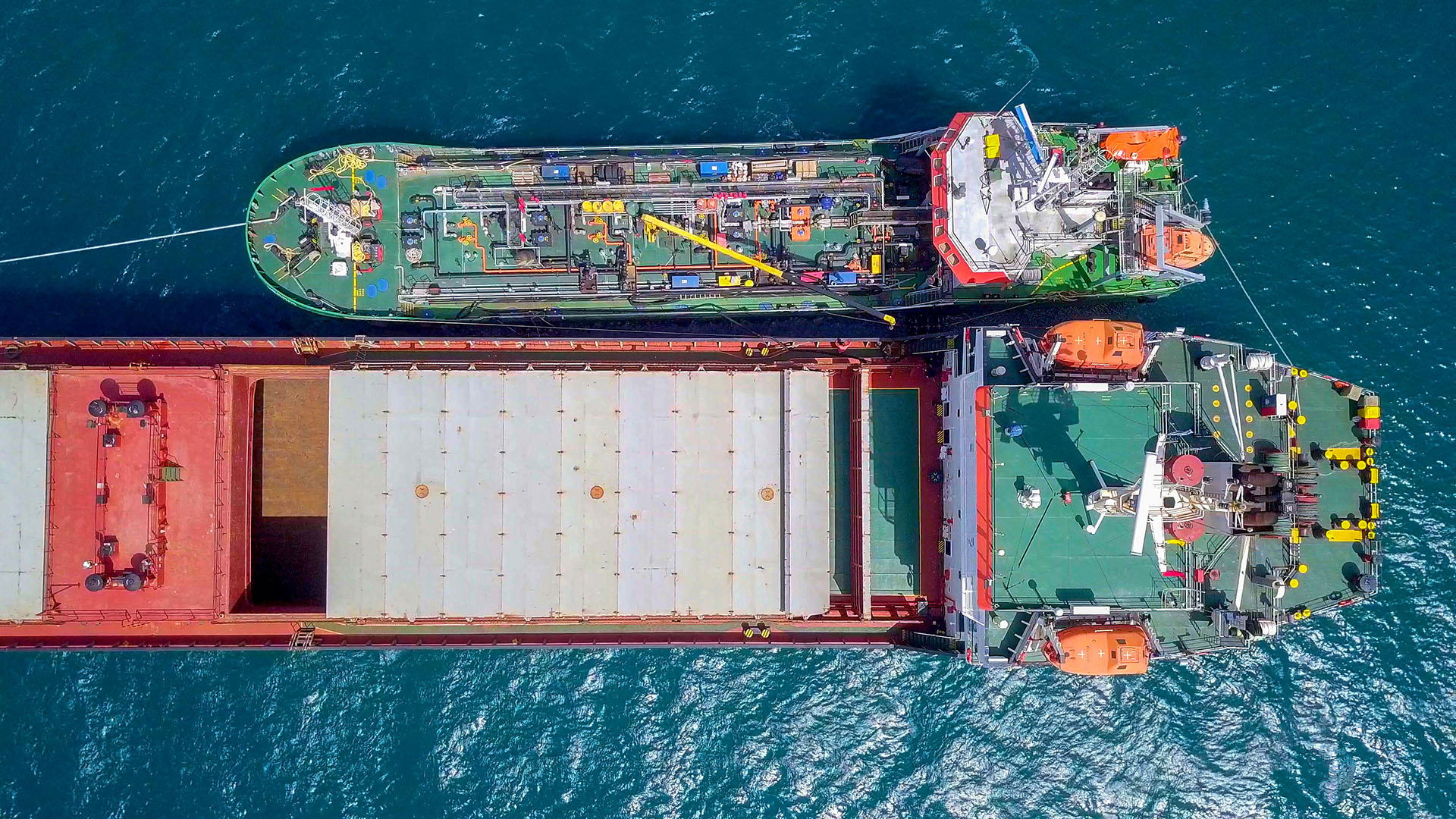The maritime industry is entering a new era of environmental accountability.
With the IMO and EU tightening emissions rules, fleet operators must now meet higher compliance standards backed not just by intentions, but by data.
At the center of this shift are three key regulations:
- CII (Carbon Intensity Indicator): Mandates annual ratings (A to E) based on operational carbon intensity. Poor ratings may trigger mandatory improvement plans or loss of commercial viability.
- EEXI (Energy Efficiency Existing Ship Index): Requires older vessels to meet efficiency thresholds similar to newbuilds.
- EU ETS & FuelEU Maritime: Bring carbon pricing and fuel carbon intensity rules to the high seas, requiring operators to monitor, report, and pay for emissions from EU-related voyages.
For fleet directors and CFOs, these aren’t just checkboxes. They represent material financial and reputational risk.
A CII “E” rating could mean lost charters. An underperforming EEXI score could result in expensive technical retrofits. And with ETS costs now exceeding €90 per ton of CO₂, every extra ton emitted cuts into profitability.
Success and survival demand more than minimum compliance. It demands precise, proactive data. And that’s where high-frequency data (HFD) becomes essential.
Why traditional data collection falls short
Most fleets still rely heavily on noon reports or manual voyage-level logs for performance tracking. While these tools are familiar, they come with hidden liabilities when used for regulatory compliance:
- Limited granularity: One data point per day misses the dynamic nature of fuel burn, speed, and weather impact.
- High variability: Manual entries can be imprecise or delayed, and small errors can have big implications.
- Biased results: Studies suggest that using noon data alone can misestimate CII ratings by up to 10%, enough to shift a ship from a “C” to a “D” rating.
A Real-World Risk
Imagine a vessel that typically hovers around the borderline between CII ratings C and D. If only noon data is used, it might show a smoothed, slightly favorable performance profile. But real-world operation, stop-start patterns, port delays, idle times, could mean the actual carbon intensity is worse.
Without real-time visibility, the operator may think the ship is safe… until the annual CII report lands with a D rating, and the charterer starts looking elsewhere.
High-frequency data to the rescue
Continuous Emissions Monitoring
High-frequency data platforms collect metrics like fuel flow, shaft power, RPM, and environmental conditions every few seconds. This granularity enables:
- Real-time CII calculation: As voyages unfold, operators can monitor carbon intensity scores and adjust operations mid-course to improve ratings.
- Trend detection: Continuous sampling makes it easy to spot gradual performance decline or fuel overconsumption before it escalates.
HFD turns compliance from a year-end scramble into a continuous control loop, empowering crews and shoreside teams to stay ahead of regulatory risk.
Automated Reporting at Scale
Tools like Danelec Fleet Insights use high-frequency data to auto-generate compliance reports across the fleet. Key benefits include:
- Consistent data structure aligned with IMO and EU formats (e.g., DCS, MRV)
- Reduced manual input and crew workload
- Dashboards that track CII, EEXI, and CO₂ emissions in real time
Rather than spending weeks gathering logs and validating data, operators can deliver clean, regulator-ready reports at the click of a button.
Case study: Boosting a vessel’s CII grade
Consider a mid-sized tanker operating on European routes. In 2023, it narrowly earned a “D” CII rating. The operator implemented an HFD solution to monitor fuel efficiency more closely.
By tracking real-time fuel consumption per nautical mile, they discovered inefficiencies during ballast legs and idle waiting times near port.
Course corrections included:
- Adjusting arrival speeds for Just-in-Time (JIT) arrival
- Reducing main engine RPM in low-load segments
- Improving hull cleaning intervals based on performance data
Results after 12 months:
- Fuel efficiency improved by 4.1%
- CII rating improved from D to C
- Fleet-wide emissions dropped by 3.12%, saving hundreds of tons of CO₂ and thousands of euros in ETS costs
With HFD in place, compliance wasn’t just maintained it became a performance edge.
Proactive voyage planning with HFD
High-frequency data doesn't only help after a voyage, it enhances voyage planning itself.
Weather and Route Optimization
With live data inputs and forecasting models, route plans can incorporate fuel-efficient weather routing, helping ships:
- Avoid adverse weather
- Reduce engine stress and fuel use
- Arrive precisely when needed (JIT), minimizing idle time
Because waiting at anchor still burns fuel and generates emissions, JIT arrival, powered by HFD, directly improves both cost and compliance.
Fleet Benchmarking for EEXI
By comparing the operational performance of similar vessels, operators can identify:
- Which sister ships consistently perform better
- Which technical upgrades (e.g., Mewis Ducts, engine tuning) yield the best ROI
- How to replicate optimal voyage profiles across the fleet
EEXI isn't only about design specs, it’s about how ships are operated. HFD turns subjective benchmarking into data-driven insights.
Compliance as opportunity
In a rapidly decarbonizing shipping landscape, compliance isn’t just about avoiding penalties. It’s about standing out.
- Charterers prefer vessels with solid environmental ratings and documented efficiency
- Insurers and financiers are increasingly tying rates and access to ESG performance
- Internal stakeholders demand better visibility to optimize cost, safety, and carbon exposure
By embracing high-frequency data, operators transform a regulatory burden into a commercial advantage.
And with solutions like Danelec Fleet Insights, integration doesn’t have to be difficult. HFD platforms are built to retrofit into existing systems, support incremental rollouts, and deliver value from day one.




